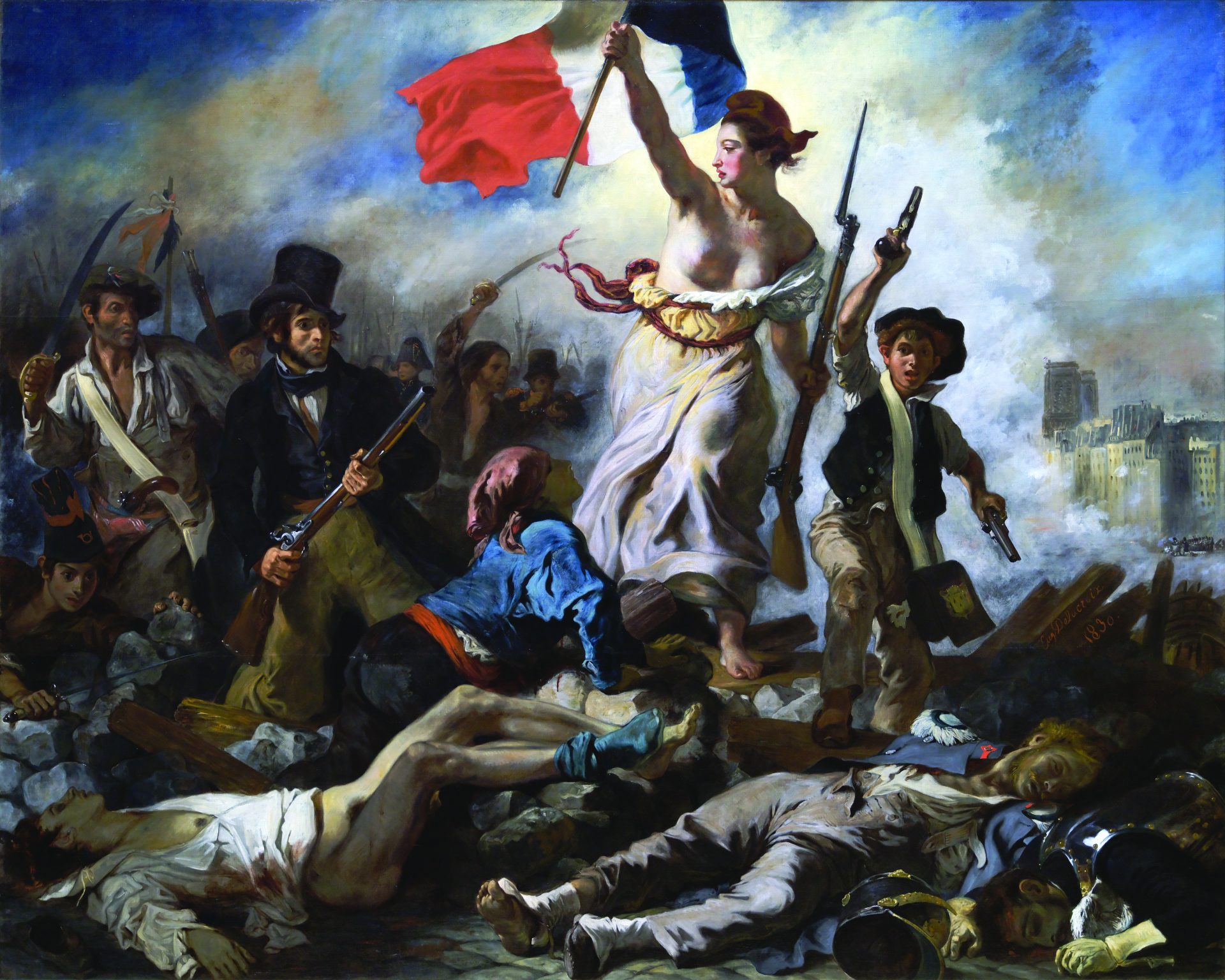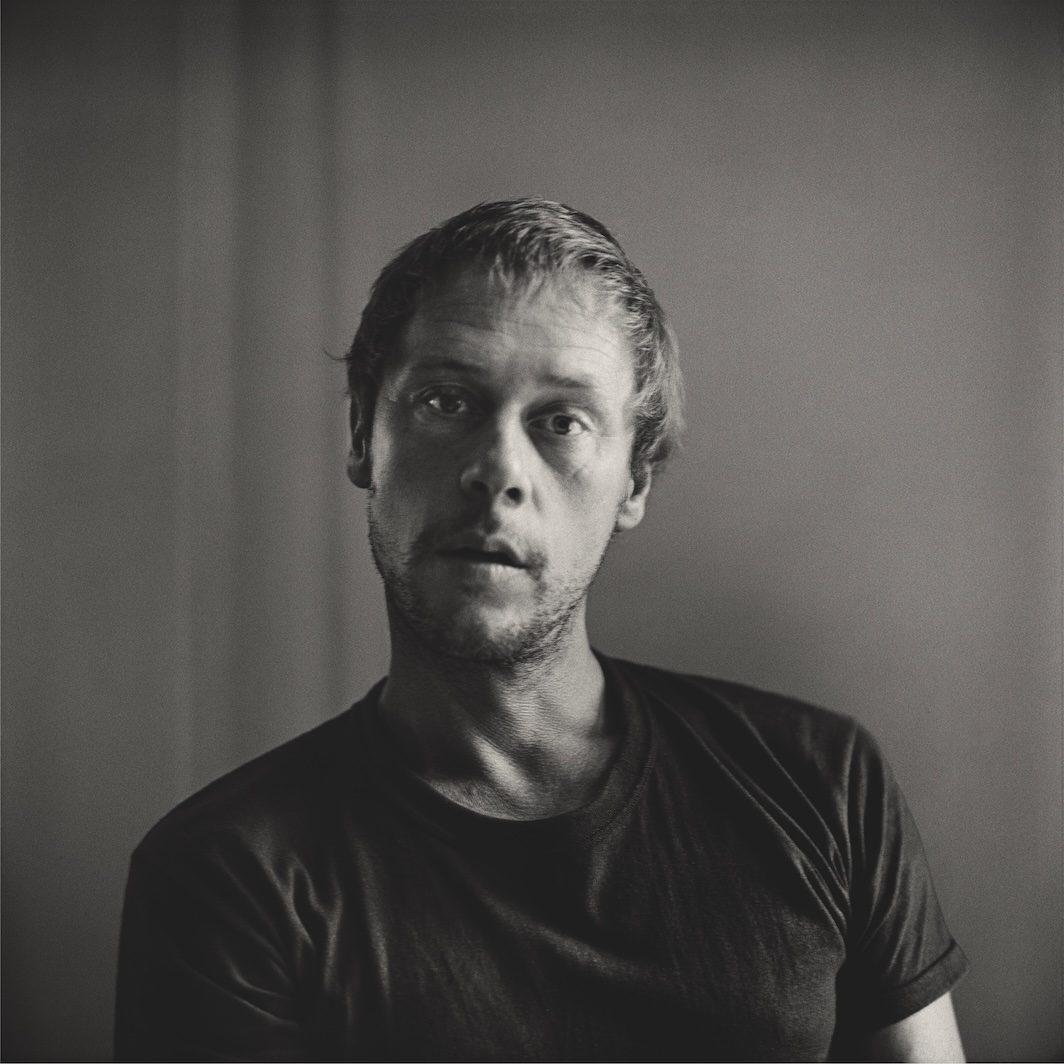
A man is what he eats. So wrote the nineteenth-century German philosopher Ludwig Feuerbach, and such is the premise underlying Ben Katchor’s monumental illustrated book The Dairy Restaurant.
Opening with an image of our earth coalescing from the primordial borscht—and replete with ancient tales, legendary patriarchs, Yiddish-language comic strips, and menus from long-vanished eateries—The Dairy Restaurant is a compendium of curious facts. More than that, it is a learned commentary (if not an encyclopedic midrash) on a particular Jewish American institution that is also, for the author, a lost world. As described by Katchor, the dairy restaurant is “a defunct eating place that one can know only from memory, or postcard images, but can never again visit.”
Katchor compares the Garden of Eden to one such restaurant—with the snake, who insists on recommending an off-the-menu fruit, as the first buttinsky waiter. Thus, this strange and hefty tome is a Talmudic consideration of the origins of what is sometimes called lox-and-bagel Judaism.
The Dairy Restaurant also has the quality of an illuminated Haggadah (itself a sort of menu). Because Katchor is a wonderful cartoonist, his book can be looked at as well as read. In that sense it is a chronicle of Katchor’s distinctively blocky yet delicate characters, drawn from the Hebrew Bible as well as history, wending their stolidly weathered, gray-washed way from the Euphrates valley through the Negev desert (Abraham’s tent is for Katchor another restaurant) to Middle Europe and finally New York City’s Lower East Side.
Beginning thousands of years before the first dairy restaurant appeared, Katchor’s book attempts to explicate the laws of kashruth—the separation of milk and meat—and other dietary notions and origin myths. (The mixture of causal logic and total irrationality recalls Katchor’s musical-theater piece The Slug Bearers of Kayrol Island, in which exploited workers transport tiny lead weights to place inside and give heft to small appliances.) Coffeehouse culture stimulates the Enlightenment. Radical puritans imagine a prelapsarian Hebrew vegetarian diet while, having internalized certain liberal values advanced by the French Revolution, eighteenth-century Parisians invent the “restaurant” and the “menu,” consecrated to individual rights and freedom of choice.
Soon after, health-minded central Europeans brought forth the ostentatiously sanitary glazed-tile Milchhalle (milk bar), which, according to Katchor, attracted intellectuals and fugitive revolutionaries: “If the saloon was a place for workingmen to fall into an alcoholic stupor, and the cafes of Paris, coffeehouses in London, and tearooms of Russia were caffeinated hotbeds of radical thought and action, the mleczarnia, or dairy cafe, was a place of ferocious rumination.” Indeed, such places promoted “the ruminant behavior of a milk-giving animal.”

Does the necessity for observant Jews to opt at each meal for either milk or meat products imply two distinct, perhaps warring, components of the Jewish soul? Katchor finds a ready-made distinction between milchig Jews and their more carnivorous fleishig brethren and clearly finds the “milky” personality more simpatico. “Feh” is the only way to describe the goyish early-twentieth-century comic-strip character Caspar Milquetoast, whose name, referencing a bland meal given to the infirm old, was synonymous with timidity. By contrast, Katchor invokes a more robust figure, Sholem Aleichem’s most celebrated creation, the ferocious ruminator and shtetl every-Jew, Tevye the Dairyman.
Imagining placid Tevye as an intellectual dynamo is not Katchor’s lone contradiction. In the course of his research he discovered the nineteenth-century echt German poet Heinrich Heine, a convert to Lutheranism, defending the traditional Jewish Sabbath stew cholent. Further revelations have Lenin and Krupskaya together taking the milk cure in the Swiss Alps; Trotsky (“a confirmed vegetarian”?!) frequenting the Triangle Dairy restaurant on Wilkins Avenue in the Bronx; Kafka following a Hasidic rebbe around the Marienbad health spa; and Emma Goldman running not one but two ice cream parlors.
The Dairy Restaurant is a trove of fun facts, noting that, according to Hasidic lore, the only authentic Jewish dish is kugel (noodle or potato pudding). All others are simply preexisting dishes that Jews have adapted according to the possibilities of kashruth. Moreover, the drugstore soda-fountain elixir known as an egg cream was not invented on the Lower East Side but in the milk-cure spas of Europe. Yogurt, on the other hand, was popularized in America by a Sephardic Jew from Thessaloníki who named his factory after his son Danone.
What brought forth the dairy restaurant? That kosher meat needed to be slaughtered just so and certified by rabbinical authority created the potential for a corruption in the form of a clerical “beef trust” that, in effect, put a tax on retail butchers and the restaurants they supplied. In matters of food as well as politics, the fin de siècle Lower East Side was more seething cauldron than melting pot. Kosher butchers organized a series of strikes against their suppliers while observant housewives rioted as the price of kosher meat rose. Adding fuel to the fire, the Daily Forward, New York’s premier Yiddish newspaper, serialized Upton Sinclair’s muckraking jeremiad The Jungle during the summer of 1906.
With meat so problematized, a new institution came into existence. Unlike the proprietor of a kosher deli or Romanian grilled karnatzel (beef sausage) joint, the dairy restaurateur was not obliged to seek the rabbinical seal of approval. Moreover, as Katchor explains, perhaps drawing on personal experience, the dairy diet offered a palliative to “the tortured and often ulcerated digestive system of the Jew of that era.” Dairy restaurants proliferated throughout the East Side—a New World synthesis offering kosher cuisine in the functional form of an American lunchroom or self-service cafeteria.
Katchor dates the first of these, a Delancey Street boîte advertising “world famous” blintzes, kreplach (cheese dumplings), and mamaliga (cornmeal mush), to 1889. Within a decade, similar Russian, Romanian, and Polish Jewish restaurants of the Lower East Side had become popular not only with locals but also with slumming sightseers. Something of a paradox, the dairy restaurant was, Katchor points out, distinguished from other ethnic eateries in offering “a dining experience that was not based upon nationalist décor, but upon its absence.”
Like much of Katchor’s work, The Dairy Restaurant is haunted by a sense of the vanished and ephemeral. The book’s second half amounts to a ghostly, annotated business directory. Not unlike the title character of his book Julius Knipl, Real Estate Photographer, Katchor dutifully chronicles those long-forgotten establishments of which nothing more survives than a promotional matchbook or single ad in the Yiddish press—lovingly rendering many of them in situ. (Although Katchor’s style and sensibility are somewhat antithetical, I cannot help but be reminded of Wayne Thiebaud’s similarly obsessive paintings of yummy diner food.)
The visualization of these ghostly eating places—their storefronts and signage even more than their interiors—may be The Dairy Restaurant’s meat, as it were. Katchor, however, is far more than a simple lox-and-bagel Jew. As much as he enjoyed his go-to order, gefilte fish (ground, deboned, and poached carp, typically served with horseradish), he confesses that it was not the cuisine so much as “the appearance and atmosphere” that attracted him to these establishments. Here the book turns endearingly confessional. Katchor describes finding his bashert (predestined marriage partner) seated beside him at the counter of the B&H Dairy Lunch on Second Avenue just down from St. Marks Place.
He also details, comic-book style, the time he observed the theft of an expensive full-length mink coat from the communal rack at the Famous Dairy Restaurant on West 72nd Street. Seated in a near-empty restaurant whose name was “someone’s pathetic business decision,” eating gefilte fish with a side of creamed spinach and kasha varnishkes, Katchor himself becomes a character, the only witness to a robbery apparently committed by a stringy-haired, desperate-looking Needle Park junkie. Whereas he had been lost in reveries of his imagined ancestors, pondering whether to order rice pudding or a piece of apple strudel for dessert, he wonders, “What place did a fur coat have in a dairy restaurant?”
Reader, I must confess that I myself have eaten kugel and slurped schav (sour-grass soup) in these places—as well as Steinberg’s Dairy on upper Broadway, the Dayton Dairy Cafeteria on lower Broadway, the Garden Cafeteria on East Broadway adjacent to the old offices of the Jewish Daily Forward, Hammer’s Dairy Restaurant on 14th Street, and Ratner’s on Second Avenue—something I hadn’t thought about in decades. And I too was drawn to their ambience.
For an earlier generation—think Isaac Bashevis Singer and the fractious editors of Partisan Review—dairy restaurants were redolent of the 1930s and 1940s. For me they belonged to the late 1960s and early ’70s. The Second Avenue Ratner’s, which was open all night and served unlimited onion rolls, was next door to the Fillmore East and a crucial component of East Village culture, something Katchor describes in detail. (One drawing shows a broadly smiling Leonard Bernstein holding forth on the origins and preparation of—what else?—gefilte fish for a bemused Frank Zappa and some members of the band Chicago, an event Katchor dates to June 13 or 14, 1969, when the two groups shared a bill.)
Most of New York’s dairy restaurants were gone by the late 1970s. Is there a Yiddish term for Sic transit gloria mundi? Having begun his book with a description of Eden, Katchor refers to the dairy restaurant’s disappearance—replaced in Jewish neighborhoods by kosher pizzerias and falafel stands—as “a second expulsion” and concludes with a perversity worthy of Kafka, declaring that a “complete history of the dairy restaurant remains to be written.” His own account is postscripted with a dystopian image of a gas station, a tofu-burger stand, and a couple wearing surgical masks and standing ankle deep in a fetid stream.
In Yiddish, this descendant of Adam asks his Eve-equivalent if she is hungry. Alluding to the title of a pastoral image painted by Nicolas Poussin, an artist Katchor’s illustrations have several times invoked, the book’s last words are in an even more defunct language: Et in Arcadia ego. I too lived in the Garden—that is, the Garden Cafeteria of Blessed Memory.
J. Hoberman’s most recent book is Make My Day: Movie Culture in the Age of Reagan (New Press, 2019).






